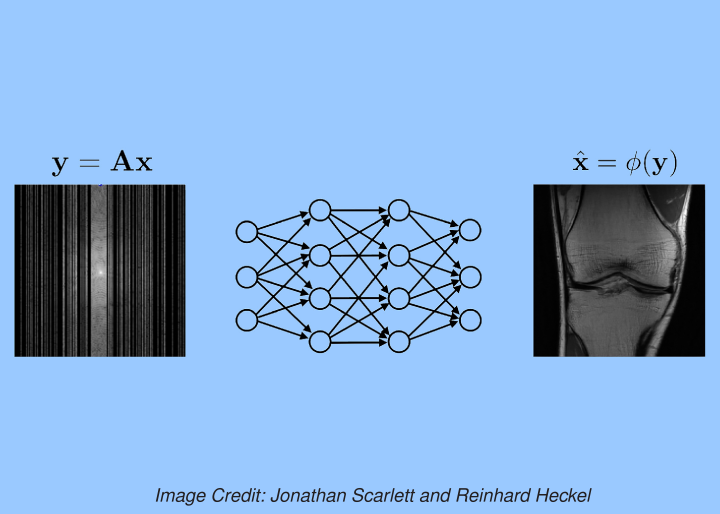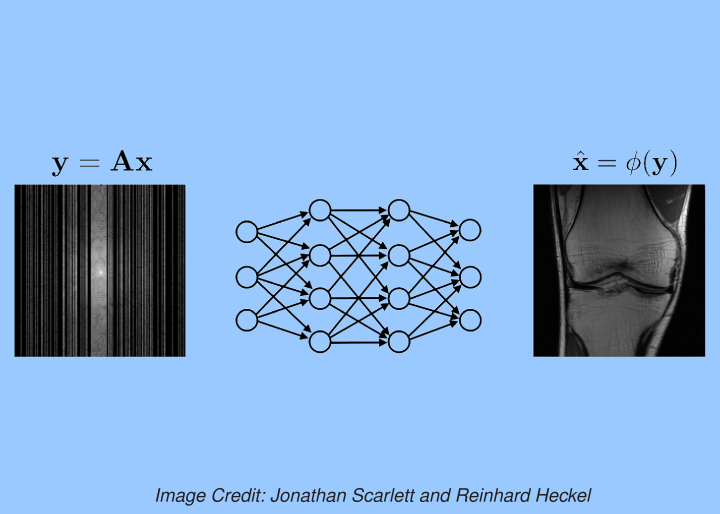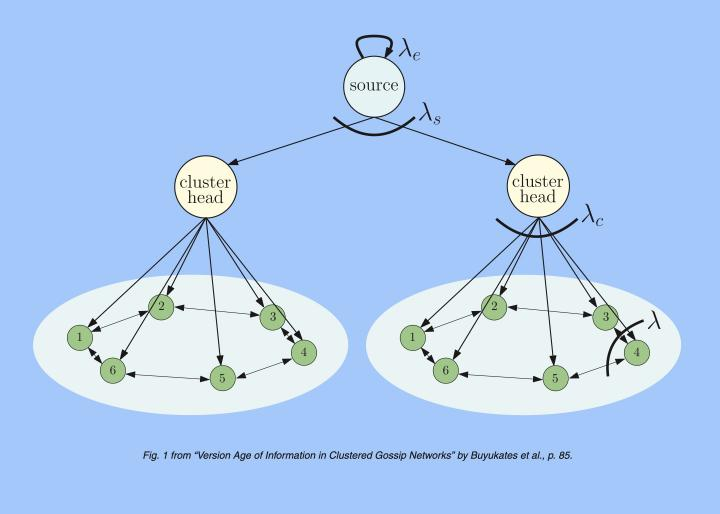Deep learning methods have emerged as highly successful tools for solving inverse problems. They achieve state-of-the-art performance on tasks such as image denoising, inpainting, super-resolution, and compressive sensing. They are also starting to be used in inverse problems beyond imaging, including for solving inverse problems arising in communications, signal processing, and even on non-Euclidean data such as graphs. However, a wide range of important theoretical and practical questions remain unsolved or even completely open, including precise theoretical guarantees for signal recovery, robustness and out-of-distribution generalization, architecture design, and domain-specific applications and challenges. This special issue aims to advance cutting-edge research in this area, with an emphasis on its intersection with information theory.
Deep learning methods have emerged as highly successful tools for solving inverse problems. They achieve state-of-the-art performance on tasks such as image denoising, inpainting, super-resolution, and compressive sensing. They are also starting to be used in inverse problems beyond imaging, including for solving inverse problems arising in communications, signal processing, and even on non-Euclidean data such as graphs. However, a wide range of important theoretical and practical questions remain unsolved or even completely open, including precise theoretical guarantees for signal recovery, robustness and out-of-distribution generalization, architecture design, and domain-specific applications and challenges. This special issue aims to advance cutting-edge research in this area, with an emphasis on its intersection with information theory.





